We are witnessing an era of chronic and degenerative disease in epidemic proportions. Obesity, diabetes, arthritis, heart disease and cancer are all rampant amongst both humans and domesticated pets. It is no coincidence that this dramatic decline in health has paralleled the introduction of processed foods into our diets.
If you want your pet to be as healthy as possible, a balanced, natural, mostly raw diet is crucial.
For a diet to be healthy and balanced for a dog or cat, it should include:
* Raw muscle meat, fat and bone, including organ meats
* Raw, crushed vegetables, especially young leafy greens, grasses and sprouts
* Raw, crushed, ripe or over-ripe fruits
* Small amounts of whole grains, or in many cases, no grain at all
* Extras, such as whole raw eggs, oily fish, seeds, herbs, and dairy products
Compare this to the Commercial Pet Food pyramid, which looks something like this:
* Large proportions of multiple grains and grain-fractions
* Generic meat meals and meat by-product meals processed at extreme temperatures and pressures
* Rancid fats and oils
* Indigestible fillers such as soybean hulls, peanut shells and vegetable by-product
* Flavours and colours, including sugars, corn syrup, other sweeteners, salt, and dyes
* Large amounts of pesticides, herbicides, antibiotics, hormones, drugs and toxins in the primary ingredients which are all discards from the human food chain
* Nasty chemical preservatives, such as BHA, BHT and ethoxyquin, all of which are carcinogenic, and banned from use in human foods, yet may not be disclosed on the pet food label
It is no surprise then that pets fed a lifelong diet of commercial pet food suffer a myriad of health conditions and complaints, whereas the pets on a balanced, natural diet, exude health, vitality and exuberance.
After personally witnessing the damage commercial pet food can inflict on your pet, the diet of my pet dog and cat now consists of a variety of real, wholesome, carnivore-appropriate foods, like raw meaty bones, raw organ meats (beef, lamb or chicken liver, hearts and kidneys), raw or tinned oily fish, eggs, and a little dairy here and there. It's also important for pets to eat their greens, so I provide some minced up parsley, sprouts or wheatgrass, as well as vegetables and fruits like carrot, celery, broccoli, cauliflower, pumpkin, sweet potato, apples and pears. My pets also have access to a nice big garden where they can graze on fresh grass and herbs, some planted especially for them! Dog grass and catnip are particular favourites.
Providing your pet with a natural diet when you are used to the convenience and simplicity of feeding out of a bag of dry food may seem daunting, even impossible, at first. But the reality is that once you alter your habits and shopping list, providing a balanced, natural diet is simple, practical, inexpensive and achievable.
So how do you easily provide your furry friend with a wholesome, natural diet?
1. Feed a variety of raw, meaty bones, in a size appropriate for your pet. Cats and small dogs will crunch up raw chicken necks or wings, and small lamb bones, whereas bigger dogs require whole chicken carcasses, turkey necks or backs, and larger lamb bones. Avoid hard bones like beef femur, as these may cause issues like dental damage or constipation.
2. Provide some raw or cooked organ meats a few times a week. Chicken, beef and lamb hearts, livers and kidneys are all readily available at most supermarkets and butchers.
3. Provide some vegetable matter, in the form of whatever you have on hand. Sprouts, herbs, grasses, leafy greens, other vegetables and fruits, including over-ripe fruits or off-cuts from your meal preparations, minced up in a food processor or blender can be mixed in with some muscle or organ meat to ensure your pet is tempted to eat it. Try to include a couple of leafy greens and one other fruit or vegetable in your pet's diet every day. You can simply mince everything up after you finish preparing your own meal, or you can mince up bigger batches once a fortnight or so, and freeze portions.
4. Include some whole, essential fatty acid sources in your pet's diet a few times a week. A raw egg can be added whole when mincing up vegies, or a can of human-grade oily fish like sardines or mackerel can be fed as part of a meal.
5. Most cats and dogs thrive on grain-free diets, however some dogs can tolerate a small proportion of gluten-free grains like rice in their ration. Keep the grain ration to

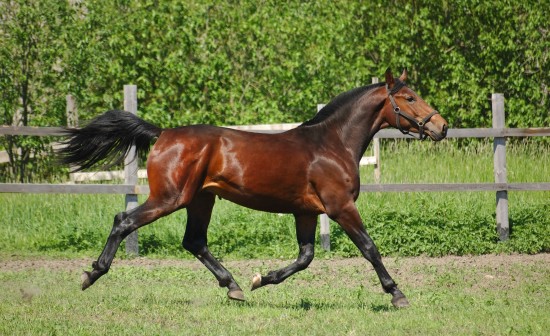 Breeds Of Sport Horses
Breeds Of Sport H
Breeds Of Sport Horses
Breeds Of Sport H
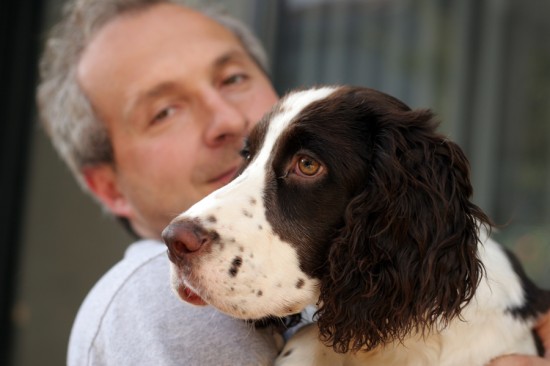 Reducing Your Dogs Separation Anxiety
Reducing Your Dog
Reducing Your Dogs Separation Anxiety
Reducing Your Dog
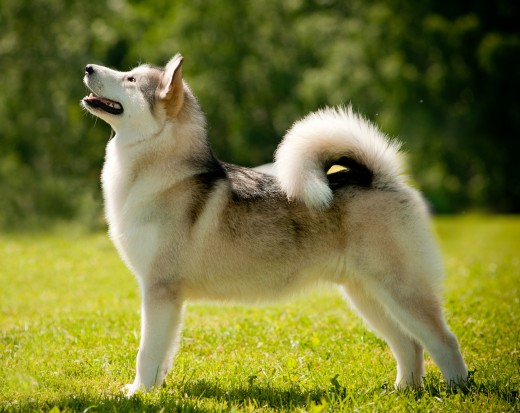 Is The Alaskan Malamute A Good Choice Of Domestic Pet?
Is The Alaskan Ma
Is The Alaskan Malamute A Good Choice Of Domestic Pet?
Is The Alaskan Ma
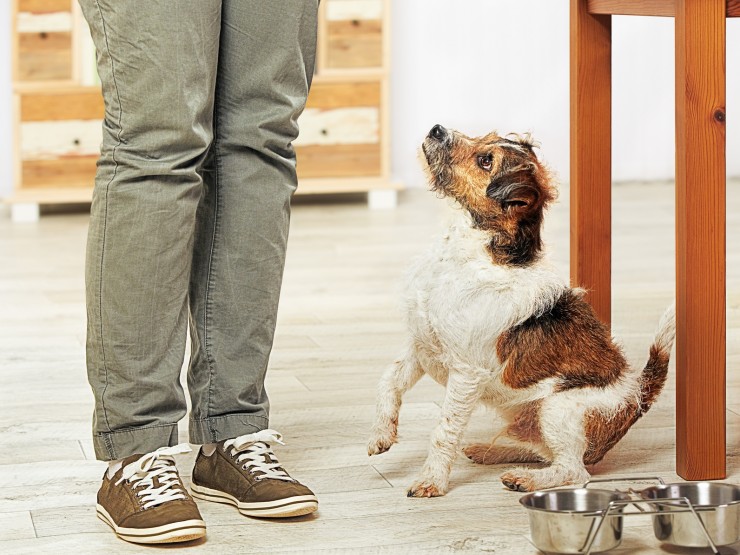 Kitchen Scraps You Can Safely Give To Your Dog As Special Treats
Kitchen Scraps Yo
Kitchen Scraps You Can Safely Give To Your Dog As Special Treats
Kitchen Scraps Yo
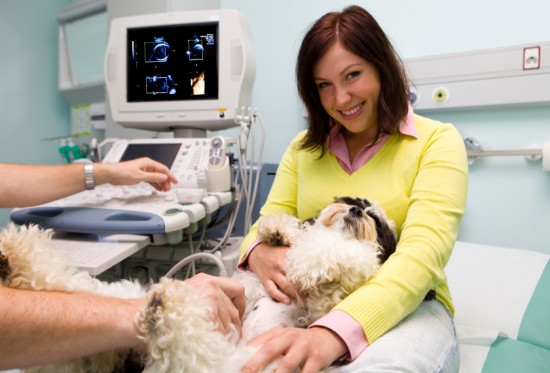 Dog Pregnancy - A Week By Week Pregnancy Calendar
Dog Pregnancy - A
Dog Pregnancy - A Week By Week Pregnancy Calendar
Dog Pregnancy - A